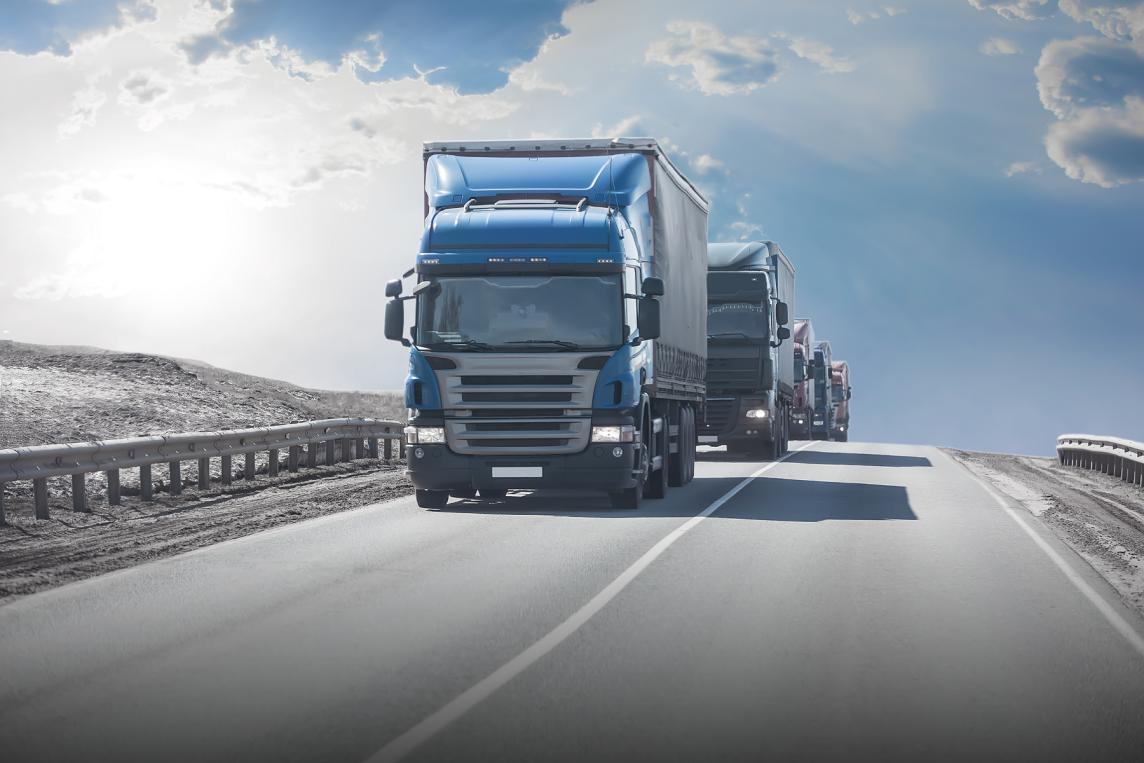How Can Satellite Data Transportation Enhance Business Connectivity in Remote Areas?
In today's interconnected world, businesses rely heavily on reliable and high-speed internet connectivity to thrive. However, in remote and underserved areas, access to terrestrial networks can be limited or non-existent, hindering economic growth and opportunities. Satellite data transportation emerges as a promising solution to bridge the digital divide and empower businesses in these regions.

Benefits Of Satellite Data Transportation:
- Global Coverage: Satellite networks provide ubiquitous coverage, reaching even the most remote locations where terrestrial infrastructure is lacking.
- Reliable Connectivity: Satellite data transportation offers a reliable and consistent connection,不受天气条件或地理位置的影响.
- High-Speed Internet: Modern satellite technology enables high-speed internet connectivity, supporting bandwidth-intensive applications and services.
- Cost-Effective: Satellite data transportation has become increasingly cost-effective, making it a viable option for businesses of all sizes.
- Scalability: Satellite networks can be easily scaled to meet the growing demands of businesses, accommodating increased bandwidth requirements.
Key Technologies And Infrastructure:
Satellite data transportation relies on a combination of technologies and infrastructure to establish reliable connectivity.
- Satellites: Geostationary and low-earth orbit satellites are used to transmit and receive data signals.
- Ground Stations: Earth-based stations communicate with satellites, serving as gateways for data transmission and reception.
- Communication Protocols: Specialized protocols, such as DVB-S2 and SCPC, are used to ensure efficient and reliable data transmission.
Applications And Use Cases:
Satellite data transportation is being used across various industries and sectors to enhance business connectivity in remote areas.
- Mining: Satellite connectivity enables remote mining operations to access real-time data, monitor equipment, and communicate with headquarters.
- Healthcare: Telemedicine and remote patient monitoring are made possible through satellite data transportation, providing access to healthcare services in underserved regions.
- Education: Satellite connectivity facilitates distance learning and educational programs, reaching students in remote communities.
- Agriculture: Satellite data is used for crop monitoring, weather forecasting, and precision agriculture, improving yields and efficiency.
Challenges And Limitations:
While satellite data transportation offers significant benefits, it also faces certain challenges and limitations.
- Latency: Satellite communication inherently introduces latency due to the distance between satellites and earth stations.
- Bandwidth Constraints: Satellite networks may have limited bandwidth compared to terrestrial networks, affecting data-intensive applications.
- Weather-Related Disruptions: Adverse weather conditions can disrupt satellite signals, causing connectivity issues.
- Cost Considerations: Satellite data transportation can be more expensive than terrestrial options, especially in remote areas.
Future Trends And Innovations:

The future of satellite data transportation holds promising advancements and innovations.
- Next-Generation Satellites: New-generation satellites with increased capacity and advanced technologies are being developed.
- Low-Earth Orbit Constellations: LEO satellite constellations aim to provide low-latency, high-speed connectivity from space.
- Advanced Modulation Techniques: Innovations in modulation techniques are improving spectral efficiency and data transmission rates.
Satellite data transportation has emerged as a powerful tool for enhancing business connectivity in remote areas, overcoming the limitations of terrestrial networks. With its global coverage, reliable connectivity, and scalability, satellite technology is bridging the digital divide and empowering businesses to thrive in underserved regions. As technology continues to advance, the future of satellite data transportation promises even greater connectivity and innovation, further transforming the way businesses operate in remote areas.

YesNo

Leave a Reply